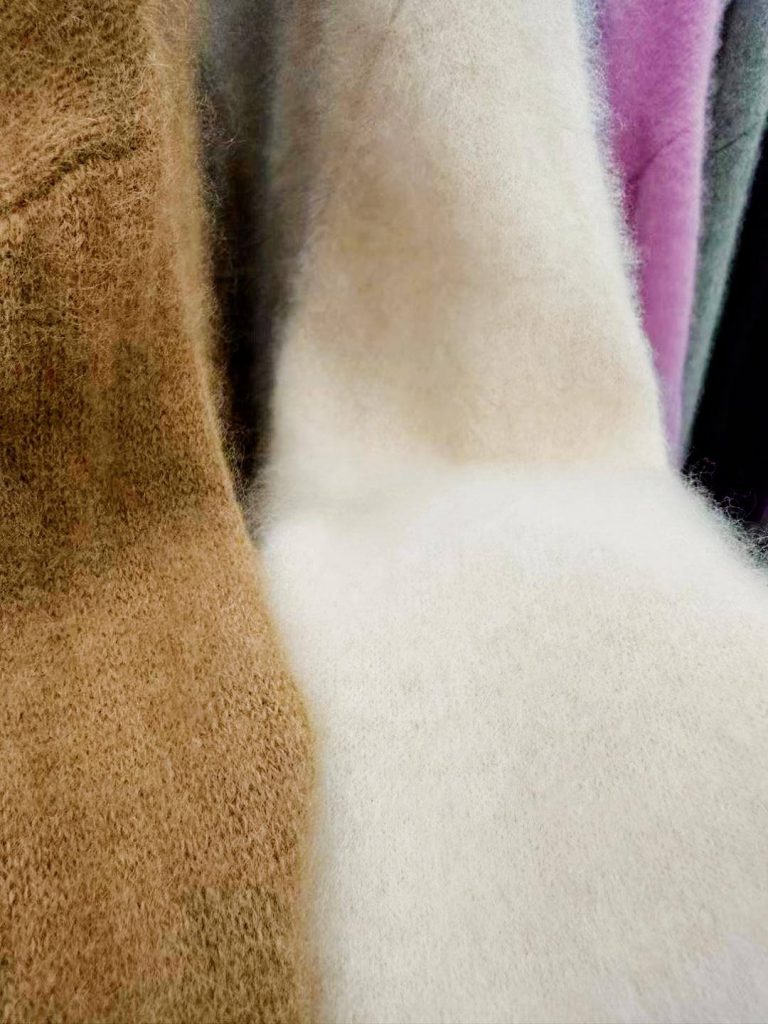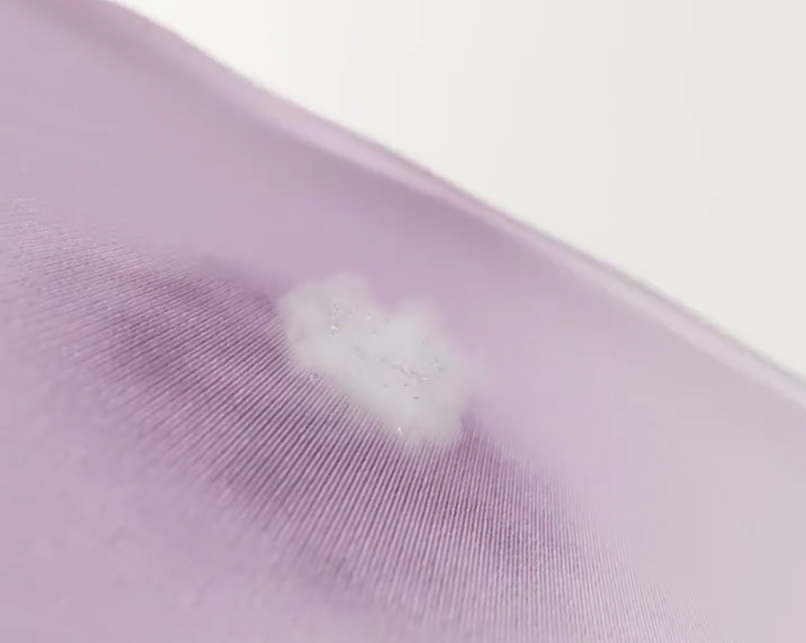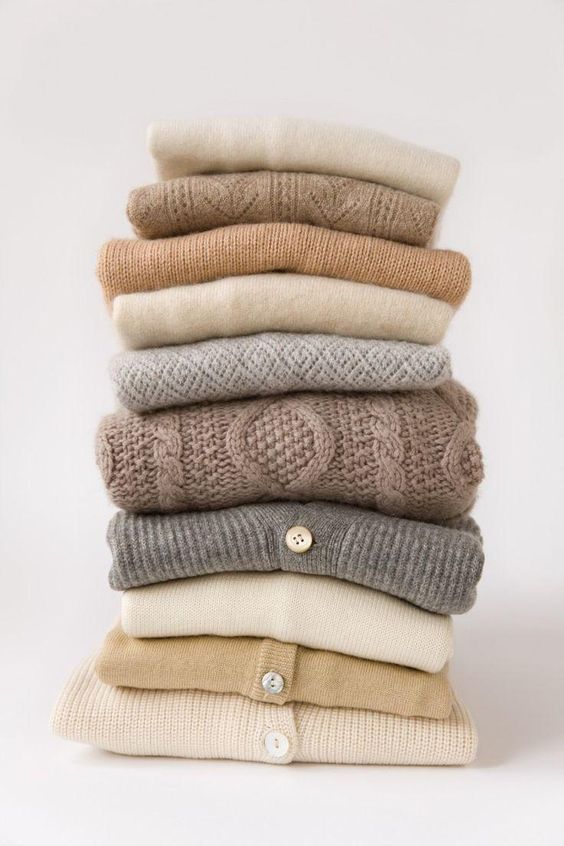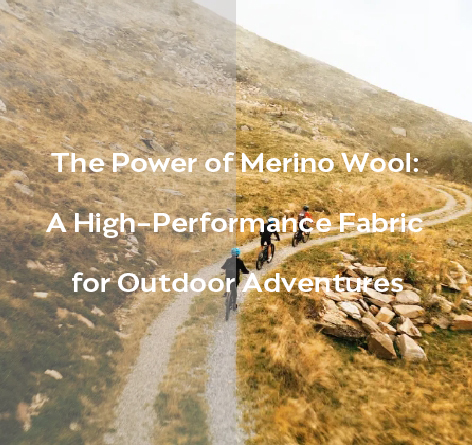When selecting the proper wool for warmth and comfort, two popular competitors are Merino wool and Alpaca wool. Each offers unique attributes that fit different purposes, making them specialists in the textile industry.
Merino wool, derived from the Merino sheep, is celebrated for its softness, stretchiness, and moisture-wicking properties, these properties make it an ideal choice for recreational enthusiasts and everyday wear. Conversely, the wool derived from Alpaca fleece is honoured for its sheen, variety of colour, and exceptional warmth.
Both types have superior insulation and a comforting reputation, so the question is: Which one is truly warming you?
In this article, we’ll explore the primary differences between Merino and alpaca wool, we’ll discuss their thermal properties, breathability, and practical applications, which will help you in your next purchase of wool. For more information about the properties of wool, you can visit Woolmark, a renowned source in the textile industry.
Whether you’re in search of the best fabric for winter clothing or want to know the benefits and drawbacks of each type of wool, understanding the properties of each will help you in your endeavor. Let’s discuss what differentiates Merino and alpaca’s wool, and choose the most effective temperature option.
Table of Contents
Toggle1. Warmth Contrast

When it comes to temperature, both Merino sheep and alpaca sheep have a remarkable capacity for insulating, but they do it in different ways. Understanding their thermal properties can facilitate the selection of the appropriate material for your purposes.
Merino’s wool is renowned for its capacity to regulate temperature. The fibers are small and writhed, which creates small air chambers that contain heat while still allowing moisture to escape. This implies that Merino’s wool can serve as a warmth in cold weather without overheating. According to research conducted by Woolmark, Merino wool is capable of retaining heat even when damp, this makes it a great choice for active individuals.
Conversely, alpaca wool is particularly insulating because of its porous fibers. These fibers create a layer that is more efficient at insulating than traditional sheep’s wool. Also, the wool’s density is lower in the alpaca variety, which allows it to be heavier while still providing a lot of warmth. The Alpaca Owners Association notes that alpaca wool is not only more warm but also has a superior capacity for moisture absorption, which further enhances the insulation properties of the fabric.
Which wool fabricates your temperature? While individual experiences may differ, many users state that Alpaca wool typically provides a higher degree of warmth, especially in extremely cold environments. However, Merino’s wool has a variety of uses, it is ideal for a variety of environments and activities. The option that you choose is ultimately based on your specific desires: whether you want to maximize the warmth or have a comfortable and breathable experience.
2. Breathability and Moisture Control

Breathability and moisture management are significant in determining the degree to which a wool garment is comfortable while being worn. Both Merino and Alpaca wool have unique benefits in these areas, which influence their effectiveness in different activities and environments.
- The Merino’s wool’s breathability
Merino wool is popular for its breathability. The small fibers facilitate excellent airflow, this helps to regulate the body’s temperature. This implies that Merino wool can remove moisture from your skin while still allowing heat to escape. The Woolmark foundation states that Merino wool can have a weight of up to 30% and feel no wetness, this makes it ideal for activewear and layering.
- The breathability of alpaca wool
Alpaca’s wool also has good breathability, but its properties are a bit different. The fibers that are hollow create an insulating effect, while still allowing moisture to escape. This implies that while Alpaca’s wool can serve as a warmth, it may not have the same effectiveness as Merino in regulating the temperature during intense activities. However, the Alpaca Owners Association acknowledges that the natural properties of alpaca wool facilitate its ability to regulate moisture, this enables the association to ensure comfort during cold conditions.
- Moisture Management: A Contrast
Both types of wool have a superior reputation for moisture management, however, they have different capabilities. The Merino breed’s quick moisture removal capacity makes it ideal for activities like hiking, running, and skiing, all of which require the management of sweat. Conversely, the natural lanolin content of Alpaca wool promotes moisture repulsion, this is effective in environments that are damp and cold.
When deciding between the two, consider the activity and climate. If you’re dedicated to athletic activities that are intense, Merino is more likely to be the right choice. For habitats that are cooler, but still have a static nature, Alpaca’s wool can provide warmth without negatively impacting comfort.
For more information about the different fabrics’ moisture management, see The fabric Guide.
3. Comfort and Soothing

Comfort and softness are the most important factors when purchasing wool clothing. Both Merino and Alpaca wool are associated with a luxurious feel, but they provide different experiences that will influence your decision.
Merino wool is well-known for its exceptional softness, this is attributed to the fact that it has a small fiber diameter. The fibers are much smaller than regular sheep’s wool, which causes Merino clothing to have a gentle effect on the skin. This docility reduces inflammation, which is ideal for the sensitive skin. The Woolmark states that Merino wool is typically described as “withoutitch” which allows for a comfortable wear that lacks the scratching sensation associated with other types of wool.
Also, alpaca wool is said to be extremely soft, resembling cashmere in its luxurious characteristics. The fibers are smooth and silky, which increases the level of comfort. Alpaca wool is considered hypoallergenic because of the lack of lanolin, this is an ideal choice for those who may have an allergy to traditional wool. The Alpaca Owners Association advocates that the unique texture of the alpaca provides warmth without bulk, this ensures a comfortable fit.
While both woolens have a superior comfort, personal preference has a significant impact on your choice. Many users appreciate the Merino fiber’s moisture-wicking and breathable properties, which together contribute to the overall comfort associated with physical activity. Conversely, Alpaca wool is typically preferred for its plush sensation and aesthetic appeal, it is popular for both fashionable outerwear and accessories.
Ultimately, your decision may be based on the specific application. For everyday use and outdoor activities, Merino wool is more practical, while Alpaca wool is a remarkable option for cold climates or special occasions.
4. Robustness and Longevity

Durability and longevity are important aspects of the wool clothing industry. Both Merino and Alpaca’s wool have unique attributes that influence their longevity and resilience, these attributes have an effect on how well they perform over time.
Merino’s wool is renowned for its exceptional strength and stretchiness. The fibers can stretch and regrow to their original form without being compromised. This resilience decreases the likelihood of Merino clothing becoming wrinkled and maintains its original shape after multiple washes. The Woolmark states that proper treatment of Merino wool can greatly extend the life of your wardrobe’s staples, making them a constant in your collection for years to come.
However, it’s important to note that Merino’s wool is susceptible to pilling, this is particularly true of areas with high friction. To counter this, choosing high quality Merino wool and following the proper washing protocol can help to maintain the garment’s design.
Also, alpaca wool is highly resistant, however, its properties are different from those of Merino. The fibers in Alpaca’s wool are inherently stronger and have a lower propensity to fray. This power is attributed to the alpaca’s tendency to withstand wear and tear, making them appropriate for daily use. Additionally, the Alpaca’s smooth skin attribute is responsible for reducing the likelihood of pilling, which is a common problem with other types of wool.
The Alpaca Owners Association notes that proper care, including gentle washing and storing away from direct sunlight, can increase the lifespan of Alpaca products made of wool.
The lifetime spans of both Merino and alpaca wool products can be greatly altered by the way they are treated. Effective washing methods, such as using cold water and mild detergents, are crucial to maintaining the quality of the fibers. Additionally, avoiding the excessive heat in the drying process can reduce shrinkage and damage.
Ultimately, both Merino and Alpaca wool have long-lasting options, but your preference may be based on the way you intend to utilize the clothing. For apparel that requires a bit more stretch and flexibility, Merino wool is more favorable. However, if you’re in search of a timelessly luxurious feel, Alpaca’s wool is a great option.
5. Practical Utilities
Understanding the practical uses of Merino and Alpaca wool can assist you in selecting the appropriate material for your particular situation. Both types of wool have multiple functions in the clothing and textile industry.
- The most effective uses of Merino wool
Merino wool is commonly used in the production of active and outdoor clothing. Its capacity to imbibe moisture and breathe makes it ideal for recreational activities like hiking, skiing, and running. The lightweight nature of Merino wool enables effective insulation, while still providing a layer of warmth. Brands like Icebreaker and Smartwool specialize in wool apparel designed to withstand the elements.
Other than activewear, Merino wool is also commonly utilized in everyday clothing, this includes sweaters, T-shirts, and base layers. Its capacity to regulate the temperature means that it can be employed easily in a variety of climates, from cold to warm.
- The most effective uses of alpaca wool
Alpaca’s wool is celebrated for its insulating properties that provide warmth and luxury. Its plush quality and numerous colors make it a popular choice for high-end fashion products, including coats, scarves, and blankets. The sheen of the Alpaca wool is natural, which lends itself to both formal and casual wear. Many high-end brands, like the Peruvian Connection, utilize alpaca wool in their collections, the softness of the material and its aesthetic value are emphasized.
Additionally, Alpaca wool is exceptional for climates that have a lot of snow, its insulating properties will provide a lot of warmth without the weight. It’s also popular in the home textile industry, such as throws and other decorations, because of its luxurious feel and long durability.
- The Effect of Different Conditions of Temperature and precipitation on Performance
When considered as a breed, Merino’s wool has a superior reputation in regards to weather performance. Its moisture management abilities are beneficial in humid or wet environments, as it quickly transfers sweat from the body to the environment. Conversely, Alpaca wool is beneficial to climates that are cold, dry, and have a high insulating capacity that will keep you warm without overheating.
Those who participate in outdoor activities or live in different climates may appreciate the versatility of Merino wool. However, if you want a more luxurious and warm experience, Alpaca’s wool is a great option.
6. Price and availability

When purchasing Merino or alpaca wool, the price and availability of the product is important to consider. Both types of wool are marketed in various forms, from high-end luxury products to more budget-friendly options, depending on quality and origin.
Merino wool products are typically price-elastic due to factors like quality, brand, and manufacturing methods. Typically, Merino wool is more common and typically found at a variety of price points, this makes it appropriate for a larger audience. Common Merino wool T-shirts and base layers have a starting price of $30, while premium items, such as high-performance jackets or sweaters, have a price of $100 to $300. Brands like Uniqlo and Patagonia sell high quality Merino wool at a competitive rate.
The Merino breed’s prolific availability in retail and online stores, including major platforms like Amazon and REI, facilitates the easyfinding of a variety of styles and price points. If you want a better price with 100% merino wool menswear, HD brand is a good choice.
Conversely, alpaca wool is typically more expensive, this is because of its exorbitant price and the labor required in its production. The prices of Alpaca wool products are typically between $50 and $300, with higher-end products being sold as much as $400. The expense is attributed to the limited supply and specific conditions necessary for raising Alpacas, specifically in regions like Peru and Bolivia, where the majority of high quality Alpaca wool is obtained. Retailers like Noro and Peruvian Connection specialize in alpaca wool products that are designed to show a variety of attractive options.
While both Merino and Alpaca’s wool are commonly available, the latter has a larger presence in the market. You can consume Merino wool products in various stores that specialize in this type of fabric, online retailers, and department stores. Conversely, Alpaca wool is typically found in specialized shops or online retailers that specialize in luxury or crafty textiles.
Those who want environmentally responsible options, like the brand People Tree and the Patagonia company, have both Merino and alpaca wool products that are sustainable, they focus on the practice of sustainability.
Ultimately, when deciding between Merino and Alpaca wool, consider your budget and the intended purpose of the clothing. Both have benefits that are unique, but the availability and cost of one may influence your decision to purchase or not.
7. Conclusion
When deciding between Merino and alpaca wool, the preferences of consumers have a significant impact. Many individuals focus on the comfort, breathability, and versatility of their clothing, typically preferring Merino wool for athletic endeavors due to its moisture-wicking properties and lightweight feel. Reviews consistently attribute its softness and lack ofitch to it, making it a popular choice for everyday use. Brands like Icebreaker and Smartwool are often commended for their superior Merino products.
Conversely, consumers who want a luxurious feel and aesthetic appeal may favor Alpaca’s wool. The reviews typically attribute its plush texture and sheen to the natural origin, this is popular in high-end fashion. Retailers like the Peruvian Connection have a beautiful presentation of alpaca that is often praised for its craftsmanship and fashion.
Ultimately, the conflict between Merino and alpaca wool is decided by each person based on their needs and preferences. Merino wool is exceptional in its versatility and performance, it is therefore ideal for people who have a active lifestyle, while alpaca wool provides a superior luxury and warmth, it is ideal for people who live in cold climates and those who have a fashionable lifestyle.
Ultimately, both Merino and alpaca wool have unique attributes that appeal to different demographics. By taking into consideration factors like comfort, durability, price, and intended use, you can easily make a decision that best suits your lifestyle. For a more in depth analysis of consumer reviews and comparisons of wool types, resources like Woolmark and The Fabric Blog should be accessed.
Whatever you choose, both types of wool offer a sustainable, natural alternative that promotes comfort and style.




